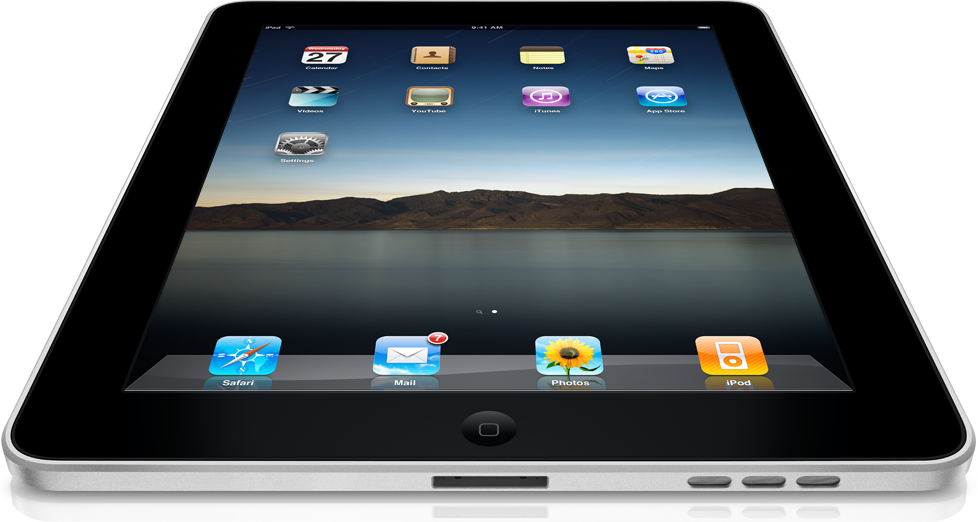Hello Readers,
Today I will be talking about my new monitor, as a follow up to my last article about bigger monitors giving higher productivity. This review will be very basic. Some of the specifications of this HD 23 inch IPS LED monitor include: 1 VGA port, 1 HDMI port, and 1 DVI port. I appreciated the convenient input switcher built-into my monitor.
 The Good:
The Good:
High quality stand
Amazing Color
IPS panel for less
Feels bigger than 23 inches
Sufficient connectors
The Bad:
5 second start up time
8ms response time (Doesn't show in games)
Brightness may need some lowering
I recommend this monitor for anyone who needs high color accuracy, a good resolution, and has a budget.
I've been busy with school and trying to get into a good college. Pictures will come, but don't expect them for a while.
Thanks,
MagikalTech
Today I will be talking about my new monitor, as a follow up to my last article about bigger monitors giving higher productivity. This review will be very basic. Some of the specifications of this HD 23 inch IPS LED monitor include: 1 VGA port, 1 HDMI port, and 1 DVI port. I appreciated the convenient input switcher built-into my monitor.
 The Good:
The Good:High quality stand
Amazing Color
IPS panel for less
Feels bigger than 23 inches
Sufficient connectors
The Bad:
5 second start up time
8ms response time (Doesn't show in games)
Brightness may need some lowering
I recommend this monitor for anyone who needs high color accuracy, a good resolution, and has a budget.
I've been busy with school and trying to get into a good college. Pictures will come, but don't expect them for a while.
Thanks,
MagikalTech







 4/21/2012 12:00:00 PM
4/21/2012 12:00:00 PM
 Sunny Chaubey
Sunny Chaubey



